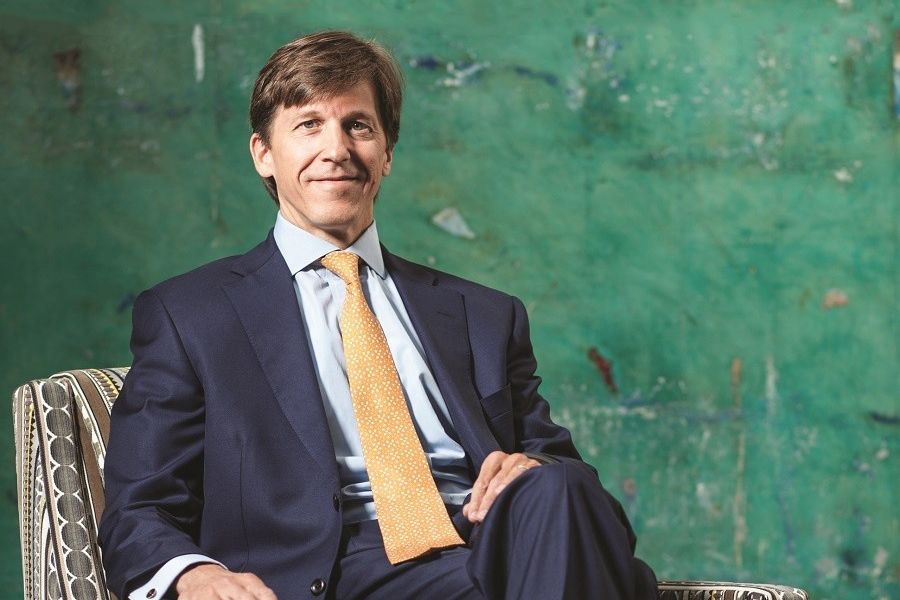A great year in the markets, but few managers beat their indexes
Their long-term record is even worse, according to a report on indexes versus active managers.
Some active managers saw their performance improve in 2017, according to S&P Dow Jones Indices, but over the long run, their records against their benchmarks are still nearly all awful.
The S&P Indices Versus Active (SPIVA) report for 2017 shows growth fund managers improved markedly compared to their performance six months earlier. Over the one-year period, 63.08% of large-cap managers, 44.41% of mid-cap managers, and 47.70% of small-cap managers underperformed the S&P 500, the S&P MidCap 400, and the S&P SmallCap 600, respectively.
That’s the good news.
Over the past five years and the past 15 years, no more than 16% of managers in any category of actively managed U.S. mutual funds beat their respective benchmarks. In the longer term, the best records went to large-company value managers, who had a 29.56% success rate against their benchmark over the past 10 years and a 14.29% success rate in besting their bogies over the past 15 years.
Things only get worse for those who invest abroad, despite a big rally in international stocks last year. Only small-cap international funds beat their benchmarks over the past 12 months. The majority of managers in large-cap international funds and emerging markets funds lagged their benchmarks. And for any period longer than three years, most international funds lagged their indexes.
The bright note: Most municipal bond funds outperformed their benchmarks last year, as did those investing in short- and intermediate-term government and corporate bonds. In contrast, 80% of high-yield bond funds failed to best their benchmarks.
The SPIVA report adjusts for funds that have been liquidated or merged out of existence. And that’s not a trivial number: Over the past 15 years, 58% of domestic equity funds, 55% of international equity funds and 48% of all fixed-income funds shuffled off this mortal coil.
The Capital Group, managers of the American Funds, took exception to the SPIVA report.
“Investors don’t buy the average investment strategy,” said Steve Deschenes, director of product management and analytics at Capital Group. “Some relatively simple and intuitive screens can help investors.”
For example, his research indicates that choosing low-cost funds with a high amount of manager ownership can get investors’ success rate against the indexes to 60% to 70%.
“It’s not that hard to find a fund with low costs, a great record, high management ownership and repeatable investment processes,” Mr. Deschenes said. “And they can do that with the help of an adviser.”
He also pointed out that most index funds don’t beat the index, either: Their expenses typically keep an index fund’s return slightly below the returns of the unmanaged index. “They won’t miss by a lot, but good active managers frequently only miss by a little,” Mr. Deschenes said.
Nevertheless, the failure of actively managed funds to beat their indexes has made index funds immensely popular with investors.
In the past 12 months, actively managed mutual funds and ETFs have seen inflows of $180.1 billion, while passively managed funds saw $636 billion in net new cash, according to Morningstar Inc. The three largest purveyors of passive funds — Vanguard, BlackRock Inc. and State Street Global Advisers — accounted for $559 billion of those inflows.
(More: Passive is the new active)
Learn more about reprints and licensing for this article.








